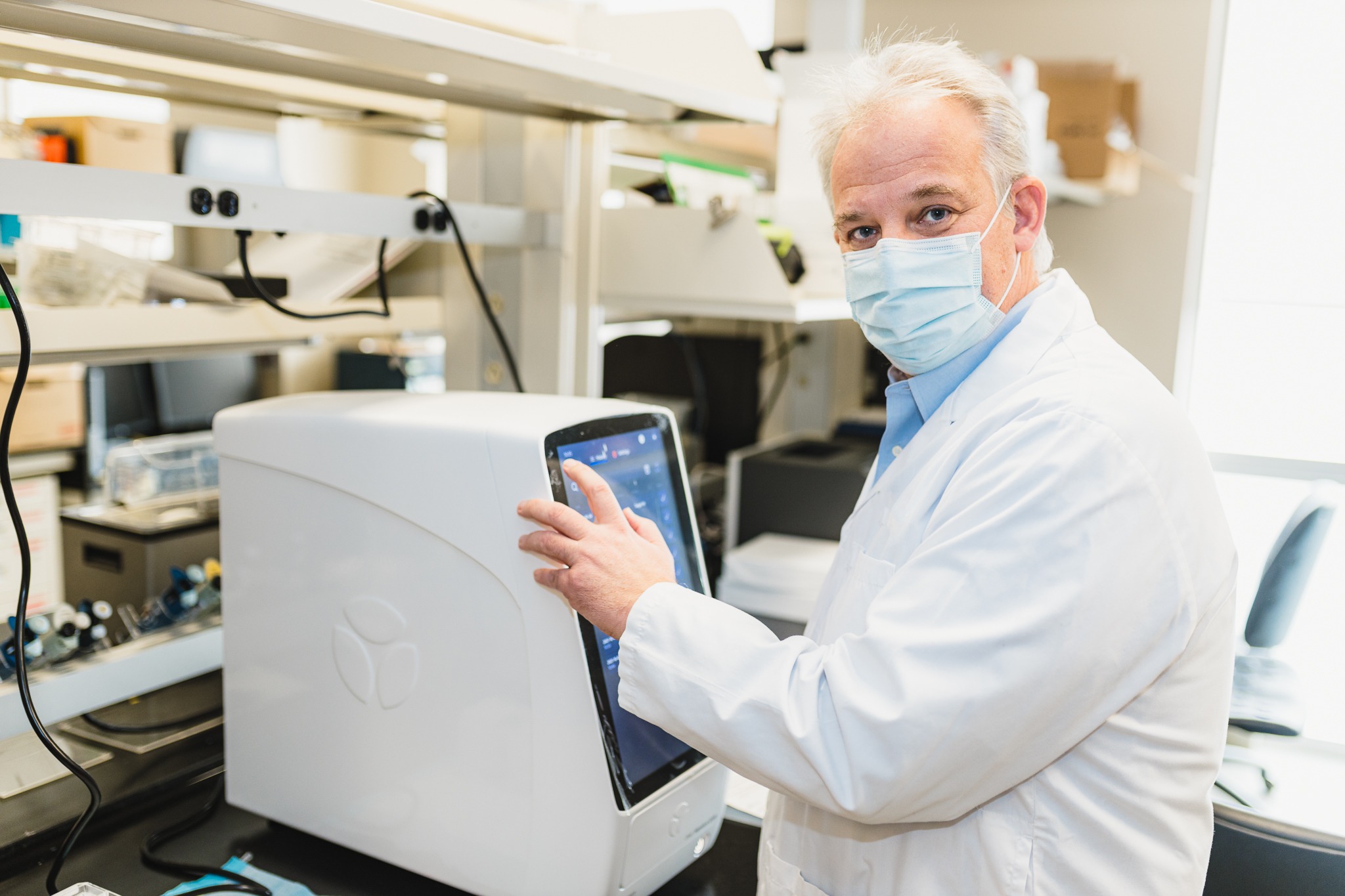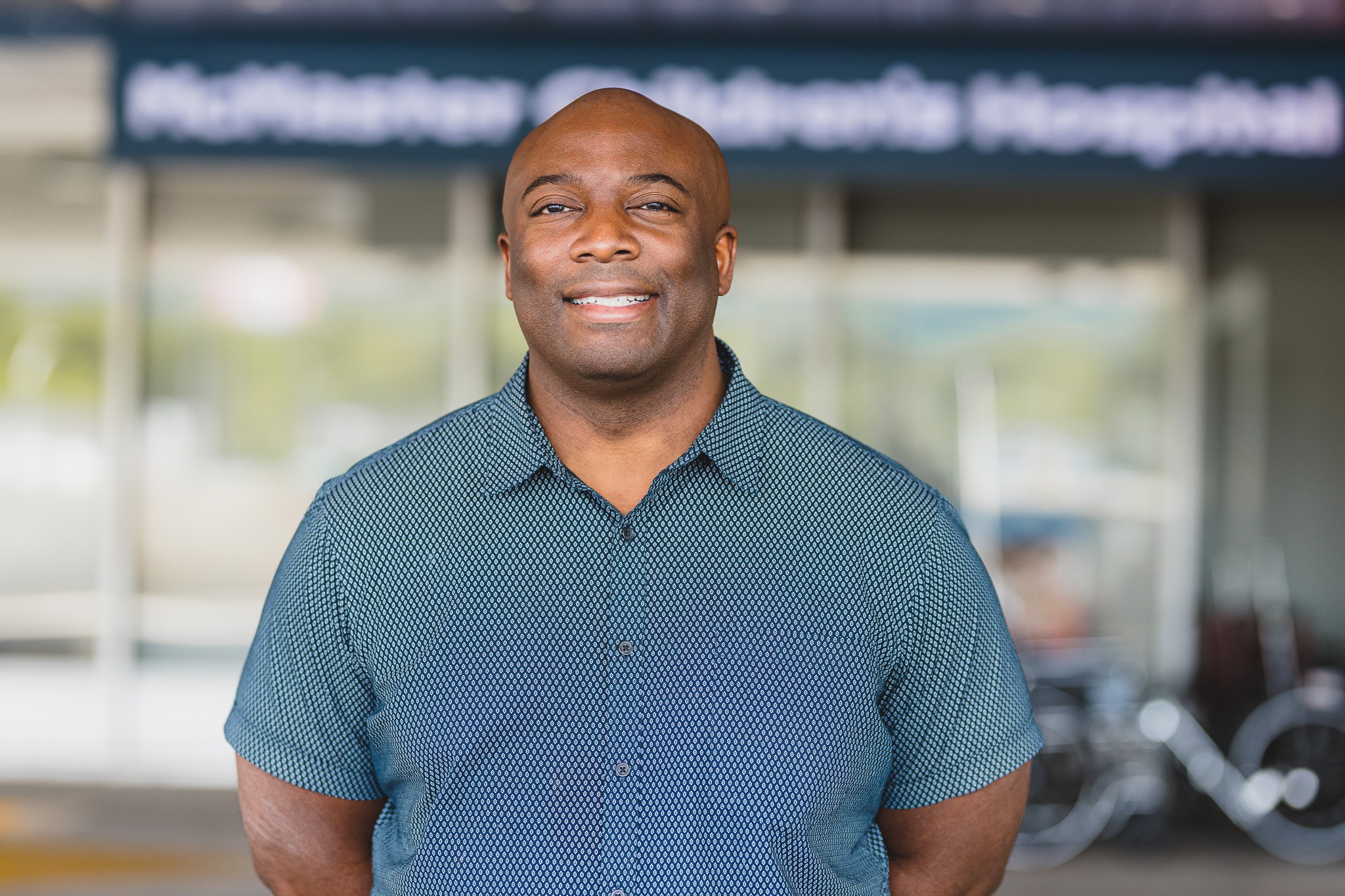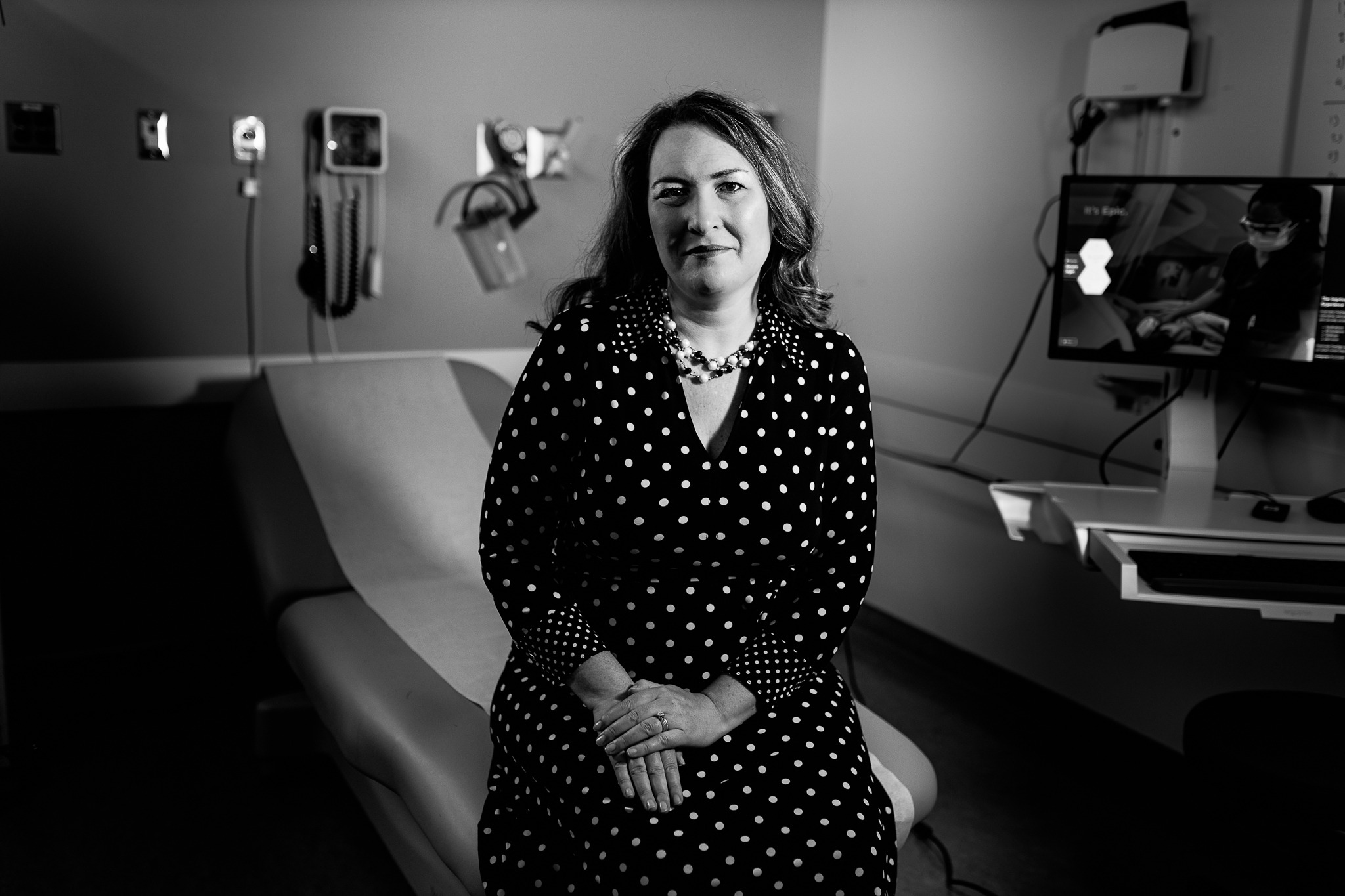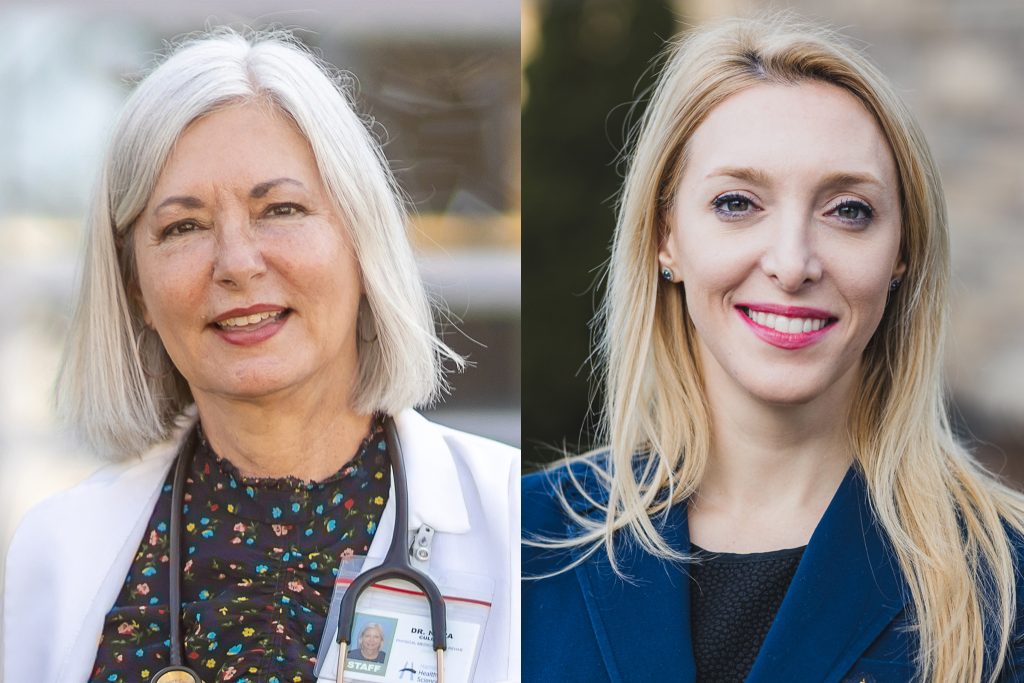
Welcoming top researchers from around the world
Hamilton Health Sciences (HHS) is attracting clinical and research talent from across Ontario and around the world. The multi-site health care system is a global leader in cardiac and stroke care, cancer care, palliative care, pediatrics and more.
Top 5 research hospital
Dr. Luciana Catanese came to HHS in 2016 because of its track record in medical advancements and its position as one of the top research hospitals in Canada.
She says she was also intrigued by the cross-disciplinary research underway at HHS and McMaster University and the opportunities to advance her career as a clinician scientist.
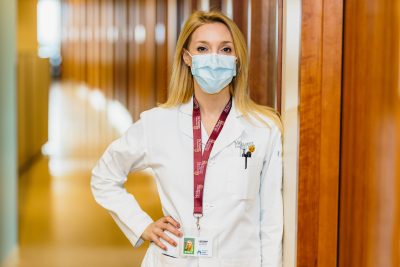
Dr. Luciana Catanese is a stroke researcher and clinician
“There is a collegial, supportive atmosphere that I really enjoy,” she says.
Catanese is a stroke neurologist and director of the neurovascular unit at Hamilton General Hospital, the physician lead for hyperacute stroke services at Hamilton Health Sciences, and director of the stroke fellowship program. She is also an assistant professor of medicine at McMaster.
State-of-the-art stroke care and research
HHS serves as a regional stroke centre for south-central Ontario, a region of about 2.2 million people. It is the busiest in the province, with about 1115 yearly admissions to the stroke unit.
“We are recognized nationally and internationally for the state-of-the-art care we provide and for our clinical trials research program. We are attracting new faculty recruits and trainees from around the world,” says Catanese.
Originally from Argentina, she completed her residency at Boston University School of Medicine and then her fellowship training in vascular neurology at Harvard Medical School.
“We are recognized nationally and internationally for the state-of-the-art care we provide and for our clinical trials research program.”
Her research includes leading a national study into the impact of the pandemic on stroke epidemiology and care. She is also on the executive committee of an international study exploring the expansion of indicators for clot-busting medications, and leading a study on the use of new brain imaging software in patients with acute stroke.
Resources and relationships to do the best possible job
After spending most of her career in Toronto, Dr. Nora Cullen joined HHS in March 2020, taking on the role of chief of physical medicine and rehabilitation (PM & R) at HHS and St Joseph’s Healthcare. She is also a professor of medicine and division director for PM & R in the Department of Medicine at McMaster University.
“People have been very generous in welcoming me and engaging with me and offering me advice and support. I feel that I have everything at my disposal to do the best possible job,” she says.
Cullen is prioritizing developing a research program within her division.
“Often times there are good intentions to do research but it can fall through the cracks,” says Cullen. “But here, I work closely with a research associate who is really leading the charge on grant proposals, data collection, statistical analysis and ethics proposals.”
Rehabilitation research and care improves quality of life
Rehabilitation research can go a long way to improving physical function and quality of life of patients.
Prior to her arrival at HHS, she was chief of staff and chair of the medical advisory committee at West Park Healthcare Centre for 10 years. She also worked as a scientist at the Toronto Rehabilitation Institute.
Cullen’s work is about enhancing the quality of life for people with disabilities based on current best evidence. Clinically, she has worked with brain-injured adults to maximize their functional recovery.
Since 2006, Cullen has spent vacation time in Nepal with her not-for-profit, NepalAbility, which promotes quality of life for those with disabilities. That work earned her a Humanism in Medicine Award from the University of Toronto in 2019.
Cullen and Catanese are excited about the level of investment in the life sciences sector in Hamilton. As the city becomes more well-known as a destination for researchers interested in collaboration and innovation, they look forward to making new discoveries for patient health at Hamilton Health Sciences.
This article was first published in Perspectives Hamilton magazine, a supplement to the Globe and Mail.

